Boletus regius: royal boletus
2 years ago · Updated 6 months ago
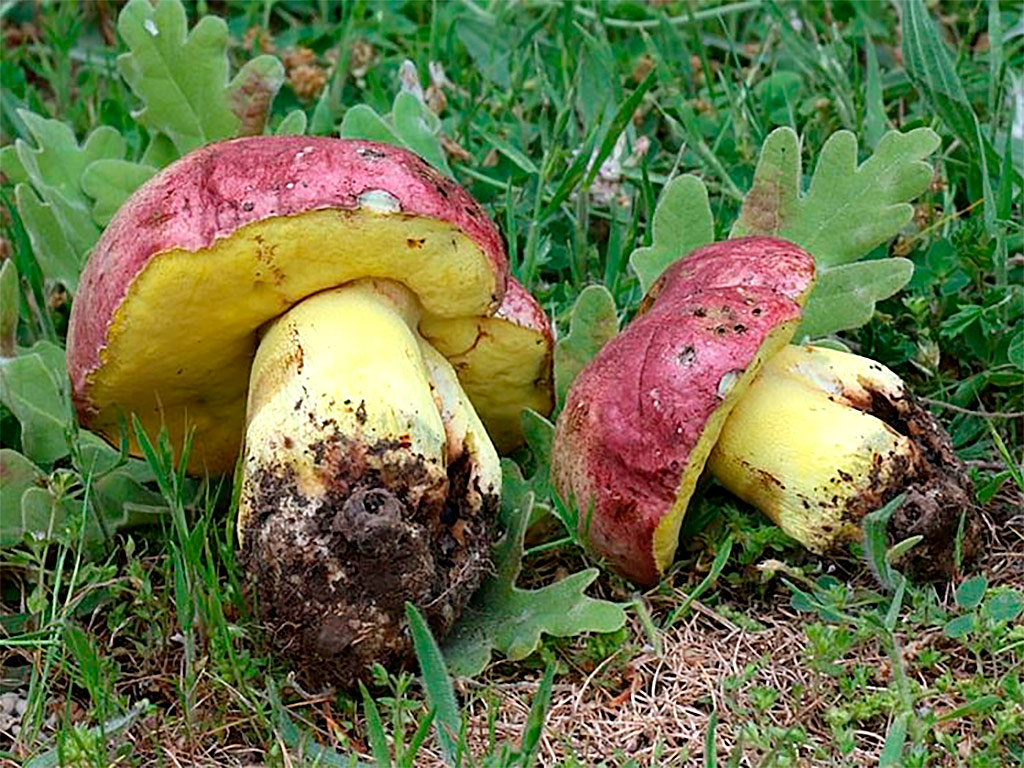
Boletus regius, the royal mushroom, considered one of the best boletus, is a rare species protected in some autonomous communities. Its pleasant flavor, with sweet and nutty nuances, makes it a gastronomic treasure.
Names of Boletus Regius
In 2015, its valid scientific name became Butyriboletus regius (Krombh. ). Under the common name Boletus regius, this mushroom is identified with different regional names, reflecting its diversity and presence in several areas.
The term "regius" reflects its royal status, combined with its majesty and beauty, making it a coveted find for mycology enthusiasts.
Popularly known by various names such as madeirudo in Galician, onddo erregea in Basque, mataparent reial in Catalan, and podrigons in Aragonese, this royal mushroom possesses distinctive characteristics that make it unique.
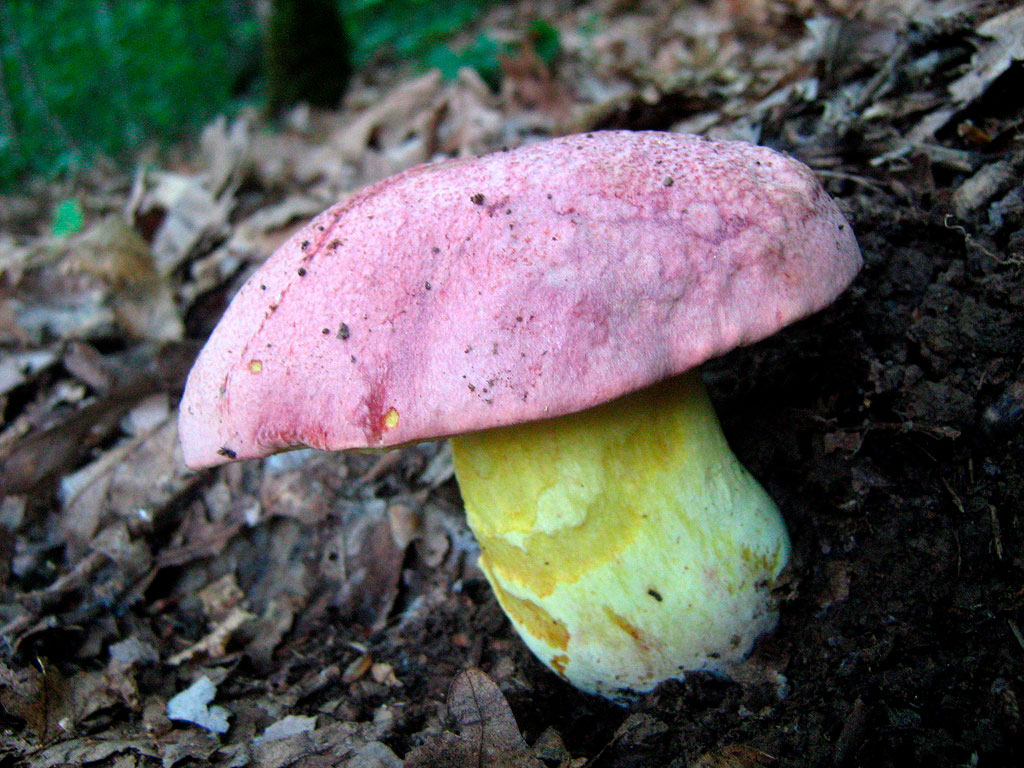
How to recognize Boletus Regius
- Bonnet: With a typical "bolet" shape, its irregular, often bumpy surface has a pinkish to pinkish-purple color, making it particularly attractive. It can reach 18 cm in diameter and has a slightly overhanging edge.
The cuticle, separable from the flesh, gives Boletus regius a unique, velvety appearance, distinguishing it from other similar species in the Boletus genus.
Yellow spongy porcini
-
- Lemon-yellow tubes and pores, turning greenish at maturity, characterize this species. They are unchangeable to rubbing, showing a subtle transformation with age. Hence the name yellow spongy skin
.
The ability to remain unchanging on contact gives Boletus regius a visual stability that makes it easy to identify, even for those new to mushroom picking.
- Foot: Short, sturdy, lemon-yellow in color and adorned with a fine, lighter network. It is usually attacked by larvae and slugs, resulting in pink spots.
The presence of these markings and the detail of the network on its foot are useful features for distinguishing Boletus regius from other similar species within the genus.
- Chair: Fragile and yellow, with a delicious flavor reminiscent of hazelnuts. This particular taste makes it a sought-after ingredient in gastronomy, particularly in gourmet dishes.
The fragile yet flavorful texture of its flesh makes it perfect for a variety of culinary preparations, from traditional dishes to more sophisticated culinary creations.
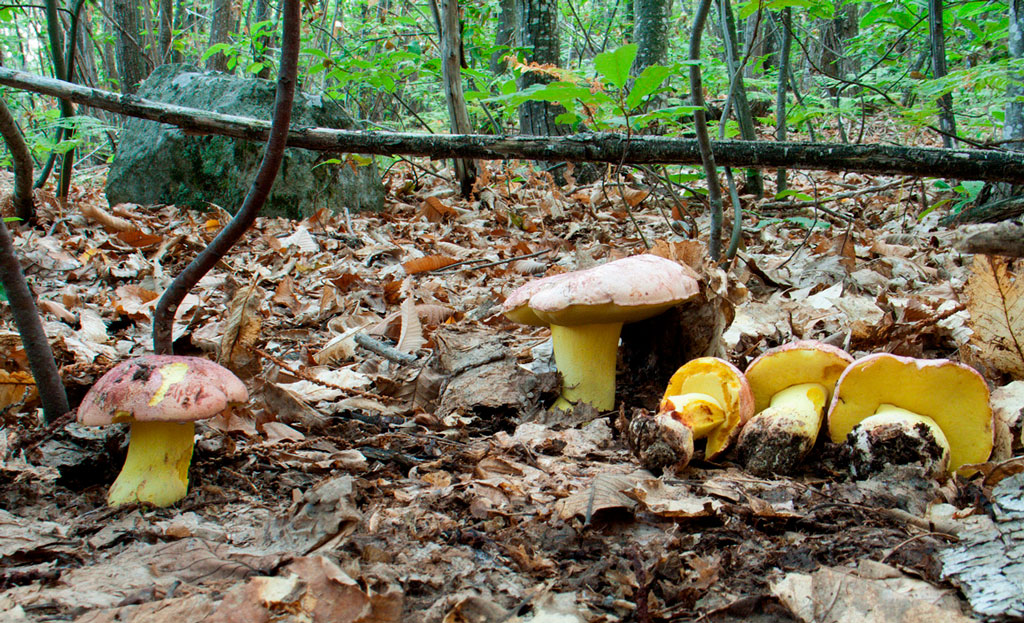
Habitat and Season of Boletus Regius
This fungus is found in tauzin oak and beech forests, associated mainly with Quercus pyrenaica, Quercus petrea and Quercus robur. It is mycorrhizal with deciduous trees, being most common in rainy, warm years from late summer to autumn.
Its specific habitat in oak and beech forests highlights the importance of the symbiosis between Boletus regius and trees, contributing to the ecological balance in these ecosystems.
Boletus regius protegido
Due to its rarity, some administrations restrict its harvesting. Although it may appear in profusion in certain years, it is advisable to respect its natural cycle to preserve this species.
Government regulations prohibit its harvesting in certain regions to preserve its population and habitat, so respecting these restrictions is essential to ensure its long-term survival.
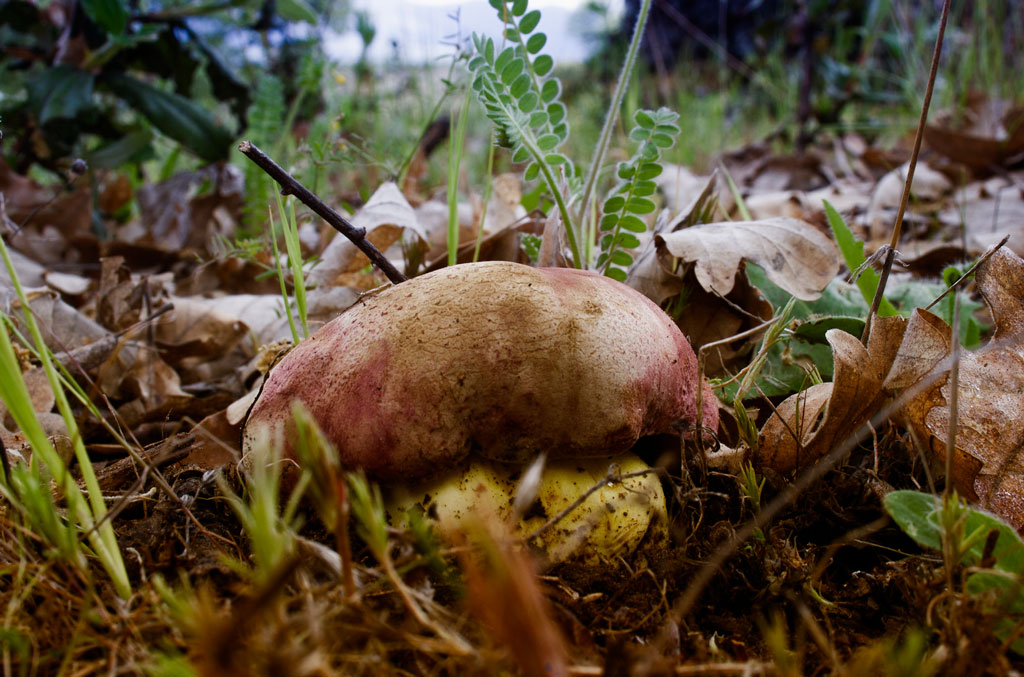
Comestibility of Boletus real, B. regius
Boletus regius, prized for its delicious, pleasant hazelnut-like flavor, is considered an excellent edible in gastronomy. Despite its rarity and protection in some regions, those lucky enough to find this royal mushroom generally relish its fragrant, yellow flesh, which offers a unique culinary experience.
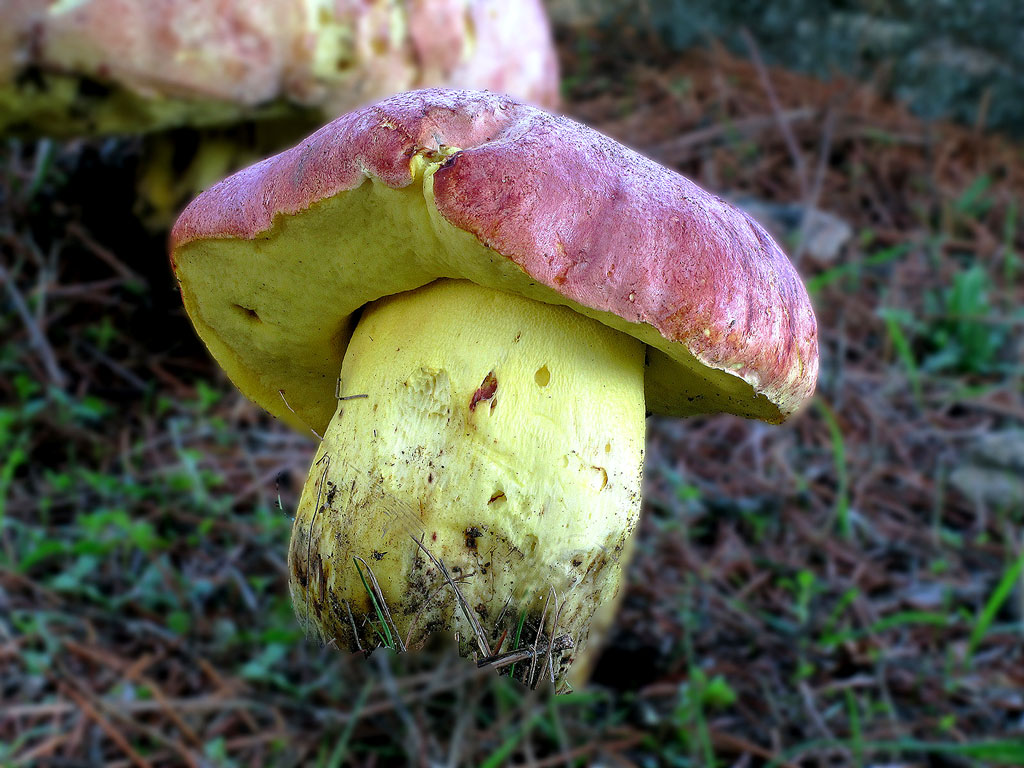
Possible confusion of Boletus regius with other species
When identifying Boletus regius, it's crucial to distinguish it from other similar species for safe and accurate picking. Possible confusions include:
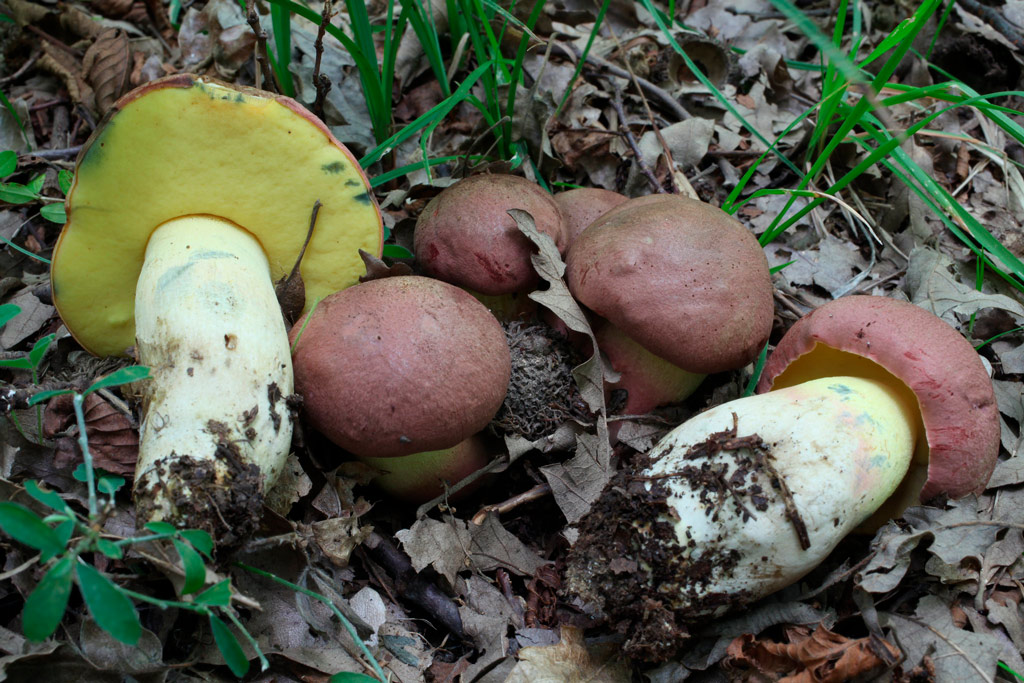
Boletus pseudoregius
- Features: This species shares morphological similarities with Boletus regius. However, Boletus pseudoregius has a paler cap in comparison, and when cut into its flesh, it shows a slight bluing.
- Comestibility: Despite its similarity, Boletus pseudoregius is a good edible, but differentiation is crucial to avoid confusion.
Boletus speciosus
- Features: Boletus speciosus has a redder cap than Boletus regius. By cutting its flesh, it tends to turn bluer both on the cap and on the foot to the base.
- Habitat: It is generally found in beech forests, which allows it to be differentiated more specifically.
- Comestibility: Despite these similarities, Boletus speciosus is also a good edible and can be confusing due to its appearance.
Boletus Spretus
- Features: Boletus spretus, although it shares the habitat of Boletus regius in deciduous trees such as oaks, oak groves and chestnut trees, has some distinctive features. Boletus regius has a regular, non-superfluous rim. The pores of Boletus spretus are a somewhat dirty yellow color, in contrast to the lemon yellow of Boletus regius.
- Consumability: Unlike Boletus regius, Boletus spretus is not considered edible. These differences are essential to avoid accidentally collecting Boletus spretus, which is a species unfit for human consumption.
Recognition of these species similar to Boletus regius, as well as their specific differences in morphology and edibility, is crucial for accurate and safe identification when picking mushrooms.
See you on the mountain!

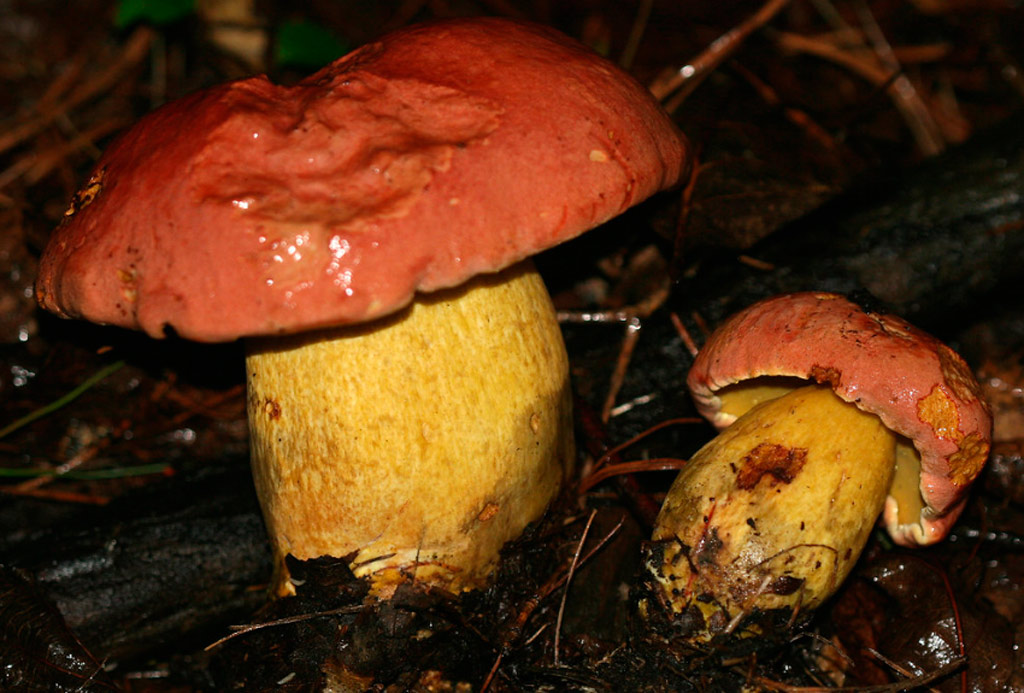
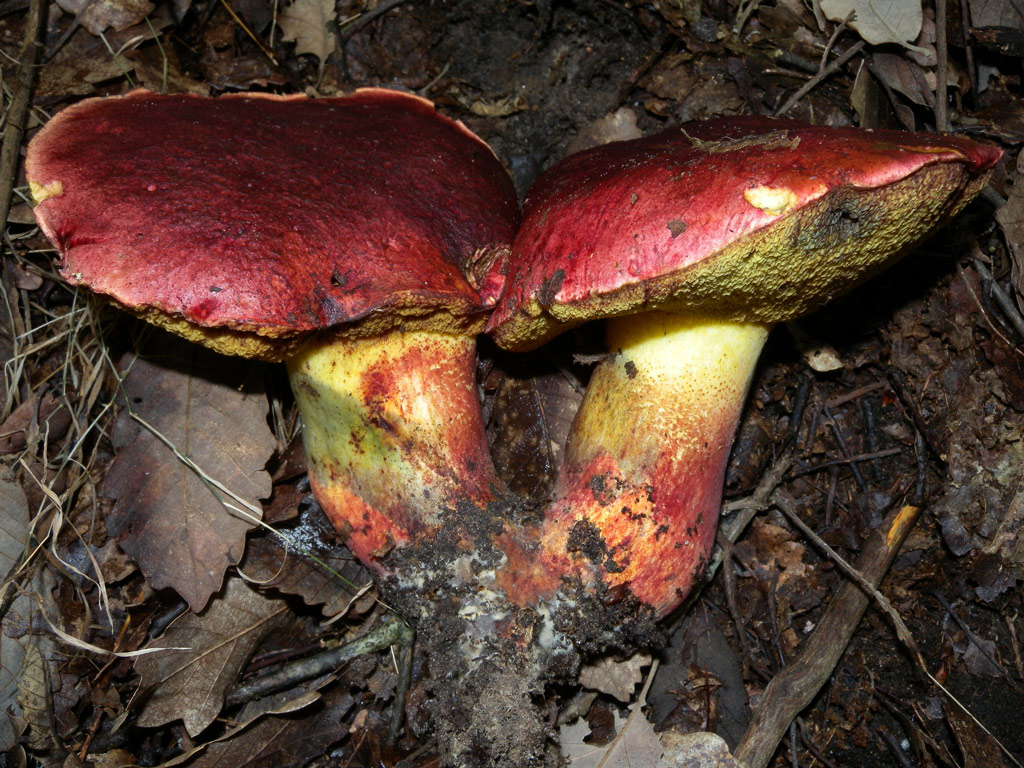
Te pueden interesar